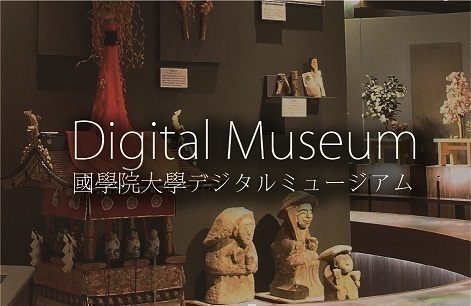- トップ
- Encyclopedia of Shinto
- Shintō Taiseikyō
Encyclopedia of Shinto
| Main Menu: | |
| Links: |
詳細表示 (Complete Article)
| カテゴリー1: | 8. Schools, Groups, and Personalities |
|---|---|
| カテゴリー2: | Modern Sectarian Groups |
| Title | Shintō Taiseikyō |
| Text | One of the thirteen sects of prewar Shintō and a typical representative of what is known as sectarian Shintō (kyōha Shintō). Founded by Hirayama Seisai (1815-1890). Born in Miharu in Mutsu Province (present-day Fukushima Prefecture), Hirayama was the son of a kendō (fencing) teacher, but he was then adopted into the family of Hirayama Gentarō, a Tokugawa government official. After succeeding to the headship of the family he carried out various duties for the government including involvement in administering foreign affairs, and he had numerous negotiations with foreign dignitaries. During the late Tokugawa period he was influenced by the religion Misogikyō and shortly after the Meiji Restoration he turned his attention to religious activities. Because he was regarded as a member of the feudal faction that advocated war, he was, for a period, placed under house arrest in Shizuoka. This factor, too, was a reason for his disillusionment with the world of politics and for his turning to religion. In 1879 he brought together followers from Misogikyō and confraternities associated with the mountain cult of Ontake and organized the Taisei Kyōkai. In 1882 this movement became an independent sect with the name Taiseikyō. Since this coalition of various differing groups relied heavily on Hirayama's organizational abilities, it experienced a gradual loss of dynamism after his 's death in 1890. In addition, one of the groups associated with Taiseikyō since 1882, the Renmon Kyōkai, was the subject of censure due to a critical campaign mounted by the newspaper Yorozu chōhō in 1894, and this resulted in negative fallout for Taiseikyō as well. Following World War II, a number of groups under the Taiseikyō aegis became independent religious corporations, and its unity as a religious movement became extremely weak. In a sense this is only to be expected, given that the original name Taiseikyō was meant to reflect the eclectic nature of the various groups—including Misogikyō, proponents of personality divination, and followers of Ishida Baigan's Shingaku ("heart learning") among others—in a "great assemblage" (taisei). In other words, it was an organization established for the purpose of resisting the threat posed by Christianity, and edifying Japanese people though the promotion of traditional culture, while still accepting what it viewed as the beneficial elements of Western civilization. Centered on Shintō, it added Confucian ethics and other teachings, and in doctrinal terms wove together a variety of strands from different traditions. Accordingly, it lost much of its significance within the social context of the postwar era, and it currently conducts few religious activities. See also Hirayama Seisai. Headquarters: Tokyo Nominal membership: approximately 51,000 (M) —Inoue Nobutaka |




